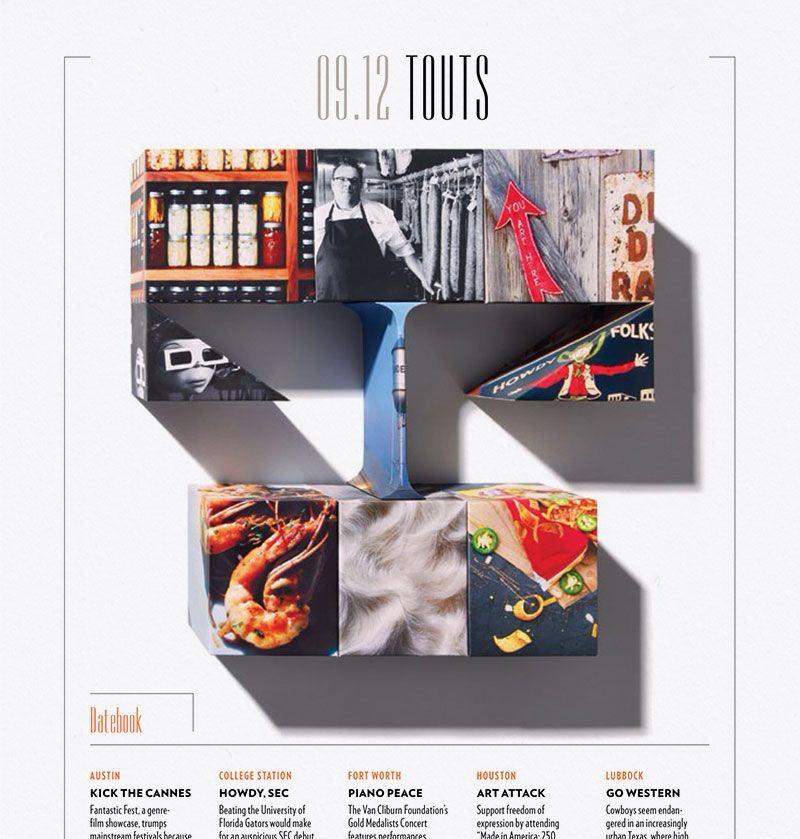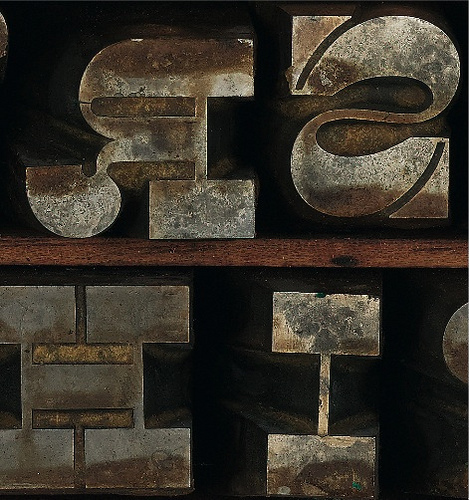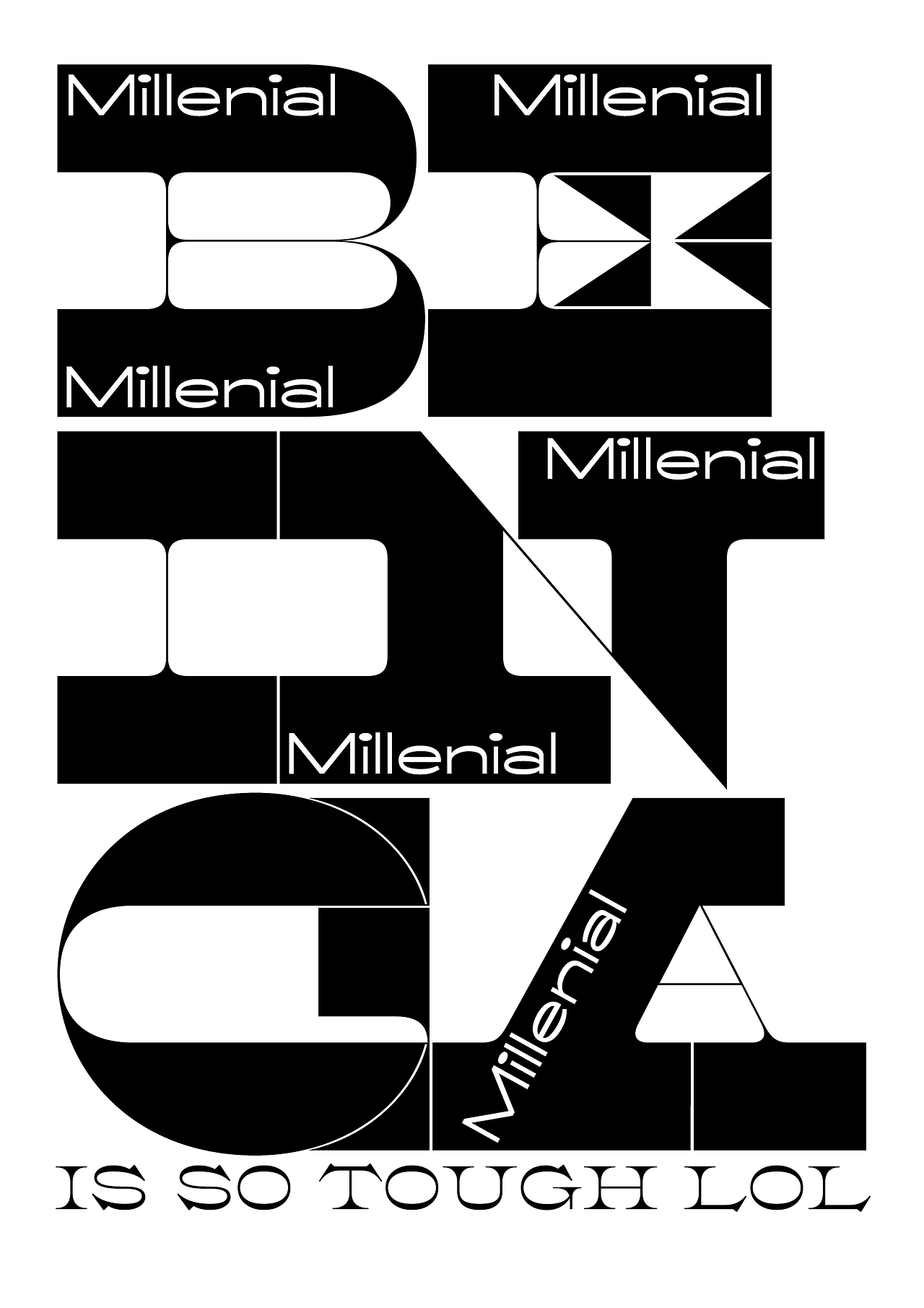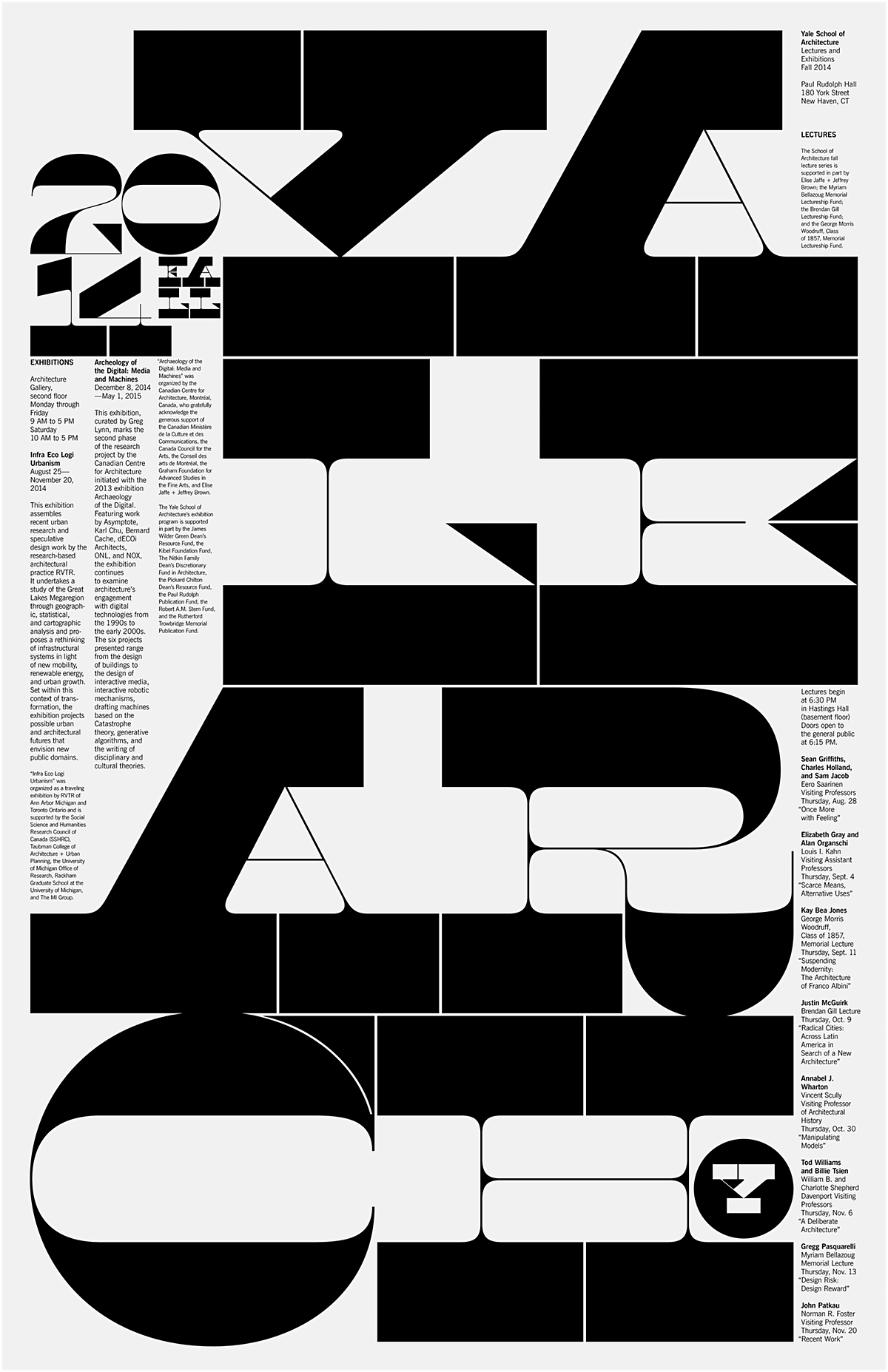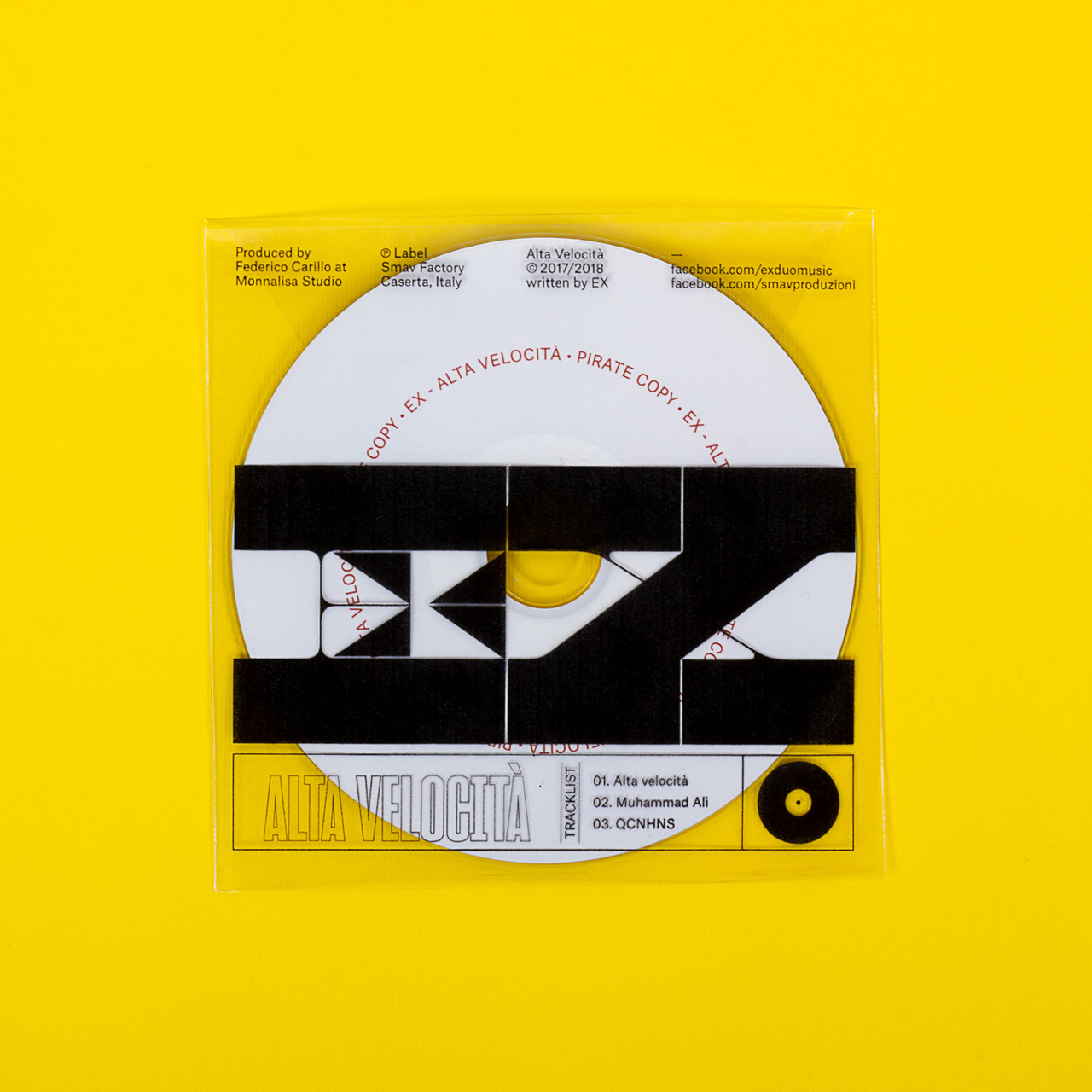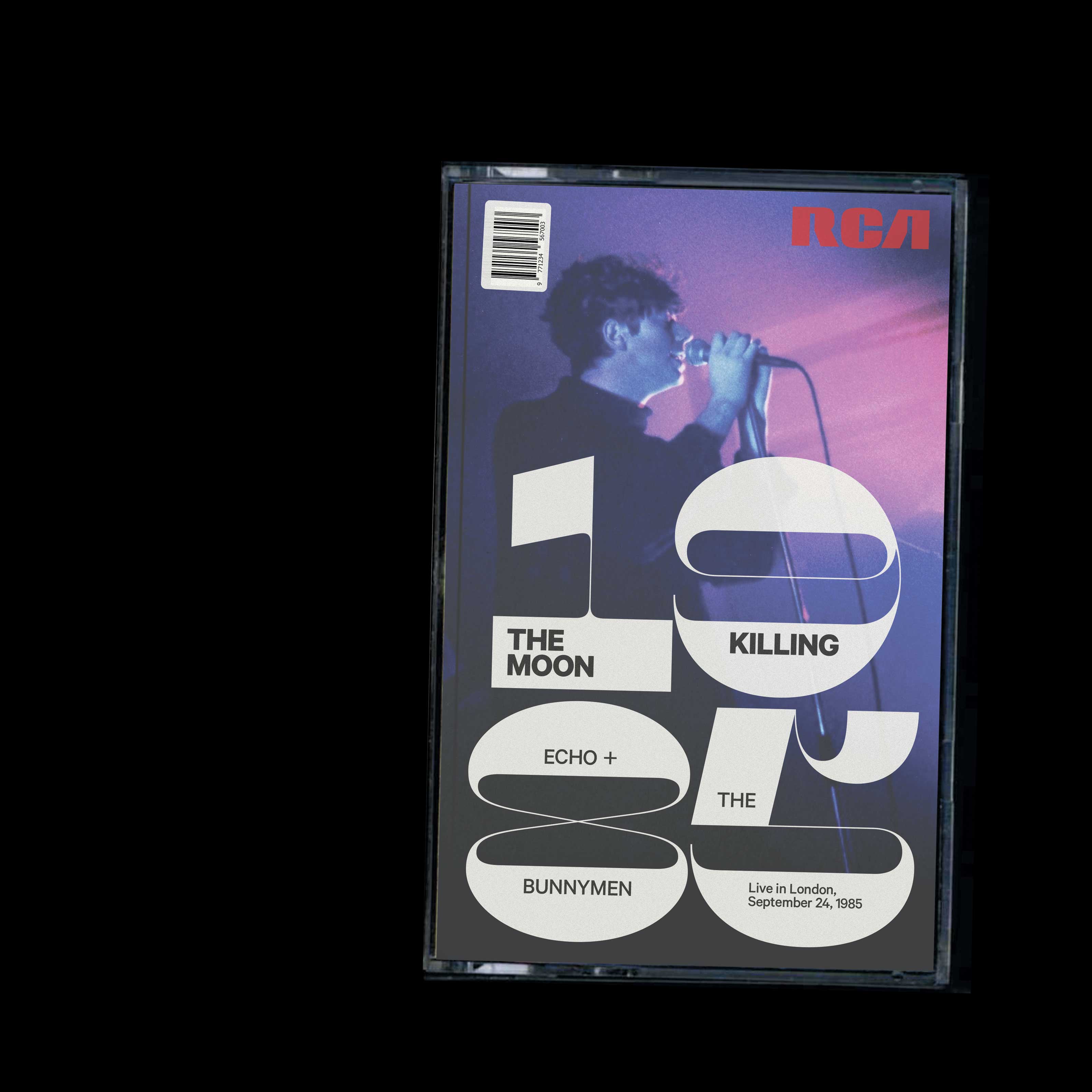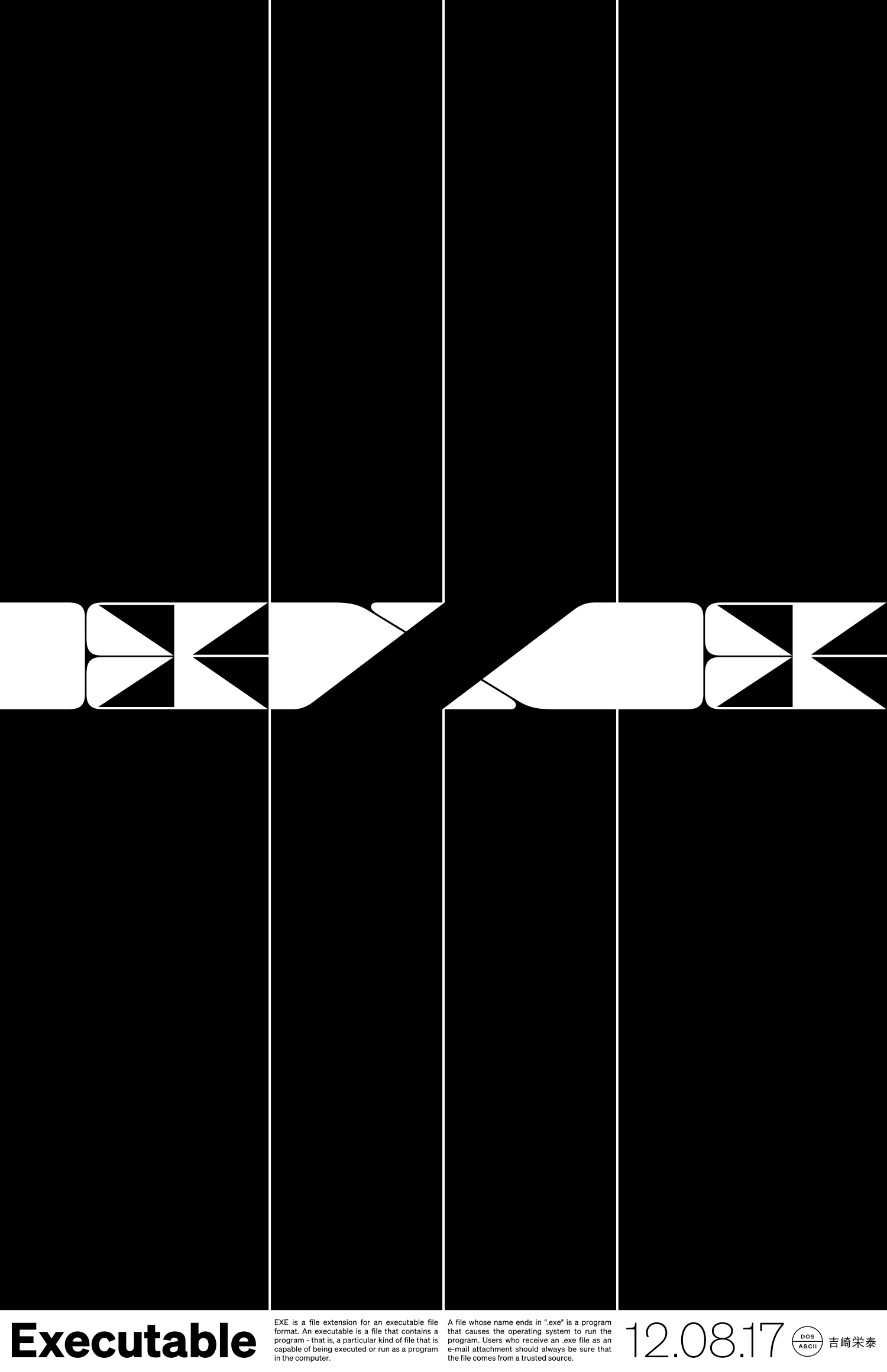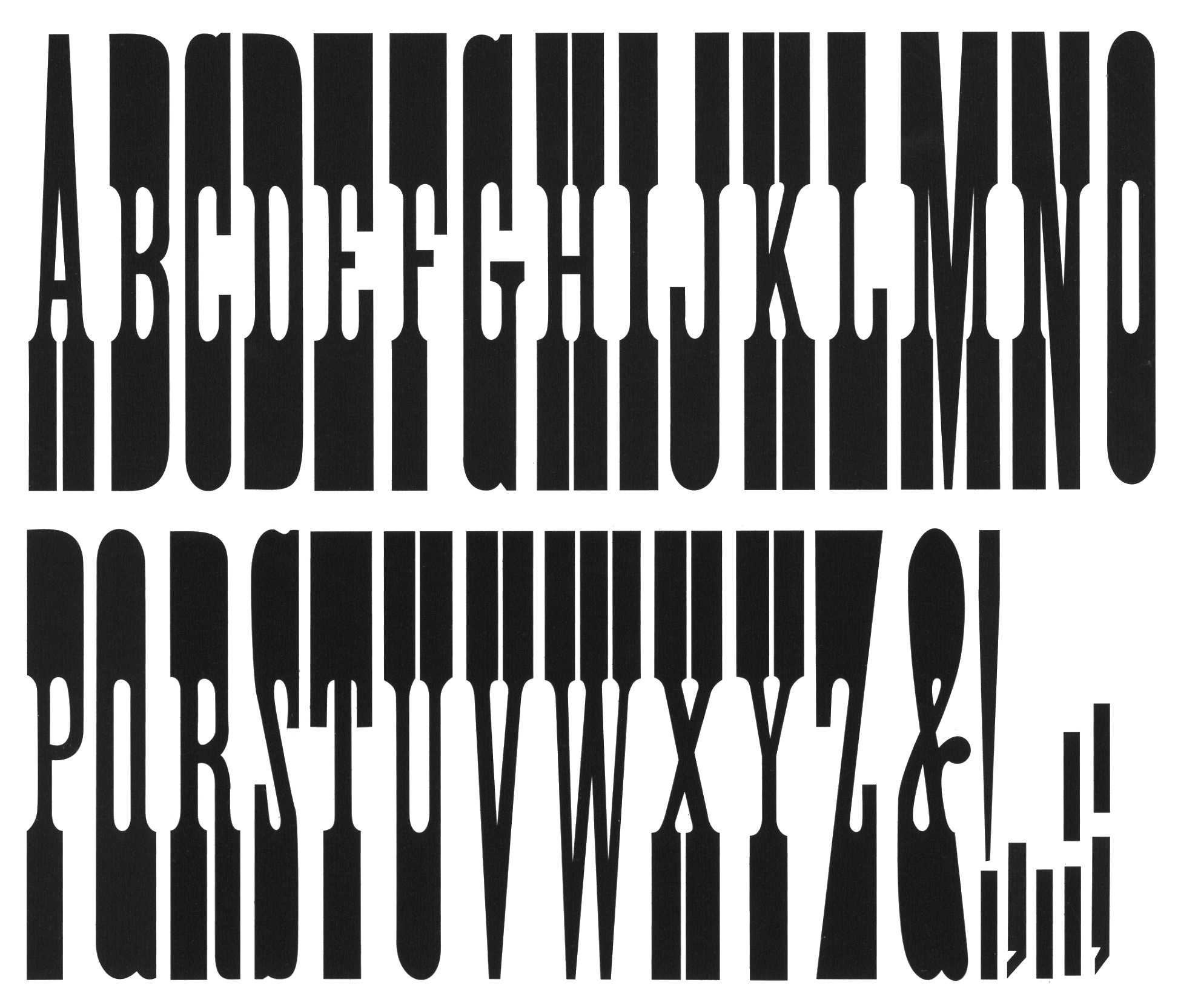I have a soft spot for reverse-stress typefaces—fonts that are thickest on the strokes that are typically thin, and vice-versa. This is a strange and uncomfortable genre of typeface, which is why it’s so exciting to see it tackled by one of the best typeface designers practicing—Kris Sowersby.
Maelstrom is one of my favorites from this newly-resurgent genre. It takes the concept to its logical extremes, alternating between its massive slab strokes on its ceiling and floors to delicate hairlines in the squishy middle. Each character is full of intricacies and begs to be used at monolithic sizes so the contrast can be properly appreciated. Despite the hilarious heft of its slabs, Maelstrom doesn’t feel bulky or clumsy like an Antique-style slab-serif might. Instead, it feels almost calligraphic, oozing with sassy personality. It is svelte and elegant despite its trappings, and its very existence feels like a middle finger to expectations of legibility.
Maelstrom is so abstracted that it’s easier to appreciate for its formal elements than it is to actually read. This can be used to a designer’s advantage, as Maelstrom’s characters can serve as geometry, pattern and pure graphic presence on the page. Some typefaces are more works of art to be marveled at than tools of readability. Despite its highly specific nature, Maelstrom has its uses, and any time a typeface is this beautiful, odd and exciting, it should be celebrated. Reverse-stress typefaces are currently seeing a bit of a revival through the punk/brutalist aesthetics that often blend blasé typefaces against more idiosyncratic options. I’ve seen Maelstrom popping up more and more inside of these designs, so now seems like a great time to celebrate it and dig into why this is one of the most well-crafted examples in the genre.
